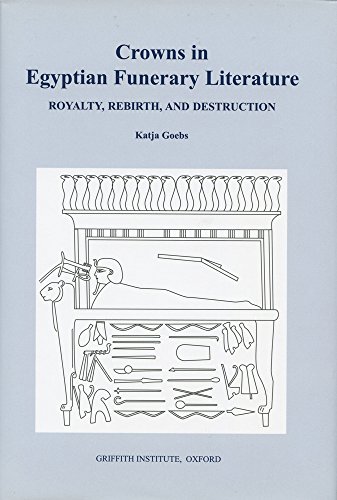A new approach to analyzing the image of ancient Egyptian kings and gods that focuses on the textual evidence rather than the often stereotyped iconography, and here in particular on the role of crowns in the earlier funerary literature (Pyramid and Coffin Texts). It is shown that crowns and headdresses played a fundamental role in the transfiguration and ascent to the sky of the royal (and later private) deceased of that time, enabling him to assume the form and powers of a celestial god. In this context, they may express such attributes as legitimate rule and radiance, but also stand as symbols and metaphors for cosmic events or the mother(s) of the deceased. A major section reinterprets the famous "Cannibal Spell" (PT 273/274) as a description of sunrise. The study as a whole centers around the Red, White, and Double Crowns of the Egyptian king in its various names, but interpretations of other types, including the Nemes, Khat, Atef, and Double Feathers (Shuty), are also given.
Publication Type
- Book



